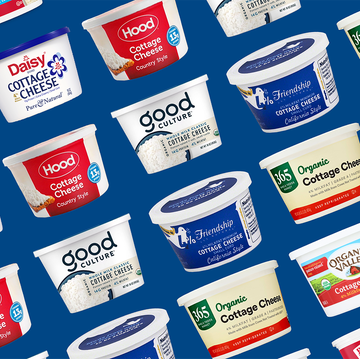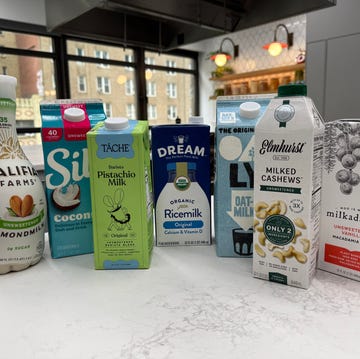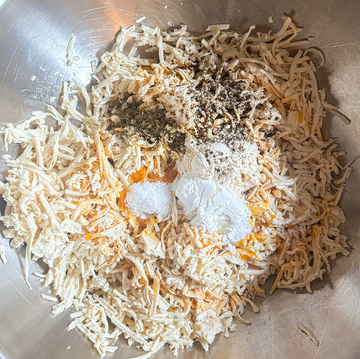There are 13 million children nationwide who live in food insecure households — and when school lets out every summer, that stat remains the same. Hunger doesn't go on an epic summer vacation; still, support and attention for those affected by it dwindle in the middle-of-the-year months.
So people like Metia Manna turn to Feeding America. Two years ago, Metia gave birth to a baby boy — her fourth child — prematurely and lost her job as a result of not being able to work. Her income fell, and with it, her budget for food. Metia started going to food bank-funded mobile pantries that provide free groceries to fill the gap.
"When he's at school," she said, referring to her 13-year-old son, "he gets two meals, so I just have to worry about one. But when he's out of school, I have to worry about all three meals — and the snacks in between. It takes a bigger toll on my budget."
About 10 years ago, Feeding America landed on its current child hunger strategy, to help Metia and the many others who are struggling to buy enough food to feed their families. (Single female heads of households, African American heads of households, and those living in rural communities top the list of people in need of assistance.) Research has shown that children who are food insecure are at risk for stunted development — both mental and physical, anemia, and poor oral health. They're also more likely to fall behind in social and academic situations. So Feeding America's network of 200 food banks formed a suite of national program models that local banks could operate:
- BackPack Program: Backpacks of food are assembled and given to children at the end of the week for them to eat over the weekend. It's the largest of Feeding America's child hunger programs and very successful: There's been an increase in backpack distribution over summer months.
- School Pantries: This is the newest of Feeding America's programs. It places food pantries at schools — where parents and children are already going — making food pick-up convenient.
- Kids Cafe: Rather than offering groceries, this long-running program allows kids to visit a site and eat a prepared meal there. The children are often offered nutrition education or enrichment opportunities at the same time.
There's wild success in those national level programs, but even more efforts are being made locally. This summer alone, at least seven new models were tested across the country. One such program called Produce Hubs launched via the Chester County Food Bank-PDO in Exton, PA, afforded families the opportunity to receive a Share Box — like a traditional CSA box — filled with locally grown produce. And in Lafayette, IN, the Food Finders Food Bank partnered with CityBus to deliver produce to families who live in rural areas.
The money for these programs comes from a variety of donors. "This year, we were able to fund 18 food banks with $600,000 in funding, and they've operated a wide range of programs focused on increasing access to food over the summer," explains Jessica Jelinski, the managing director of Feeding America's national programs.
And with added donations and increased volunteer support, Feeding America could do even more. Here's how you can help.
- Volunteer your time. Not all opportunities are created equally — meaning you don't need to dole out soup, if that's not your thing. Depending on the food banks in your area, volunteering could include gardening, packaging food, or educating the community. Plug your zip code into Feeding America's site to get contact information for the food banks near you.
- Get congress involved. Feeding America has a pre-written letter that will automatically be sent to you senators and representatives when you provide your address. It urges your congress members to visit and volunteer at a local food bank so they can see the hunger problem first hand. Fill out the simple form here.
- Donate money. There are plenty of ways to give money: You can make a donation in someone's honor, you can set up a monthly monetary gift, or you can even donate stocks or mutual funds.
- Gift food directly to families. If you like to know exactly where your dollars are going, opt for this. You can choose a nutritious food to give to families in communities across the country. Rice will cost you just $15, and produce — apples or broccoli — will run you $25. Chicken is just $45, while peanut butter is $50.
- Host a fundraiser. It can be as relaxed as you want — like a dinner party where guests bring donations instead of side dishes. Or you could participate in a marathon and have friends and family sponsor you. Get inspired by real people's past fundraisers on Feeding America's site, then sign up for your own effort.
PRE-ORDER NOW Delish Cookbook, amazon.com
















